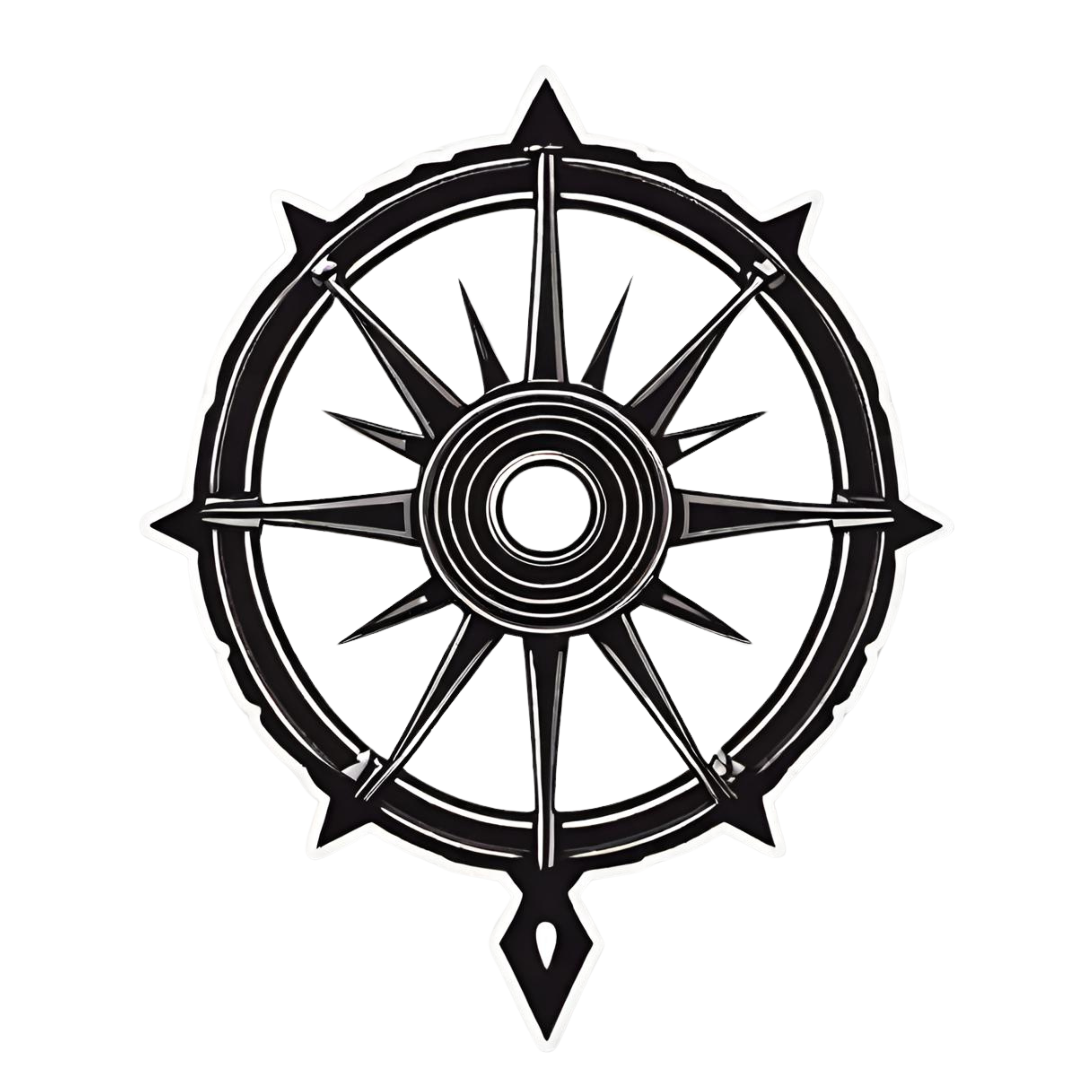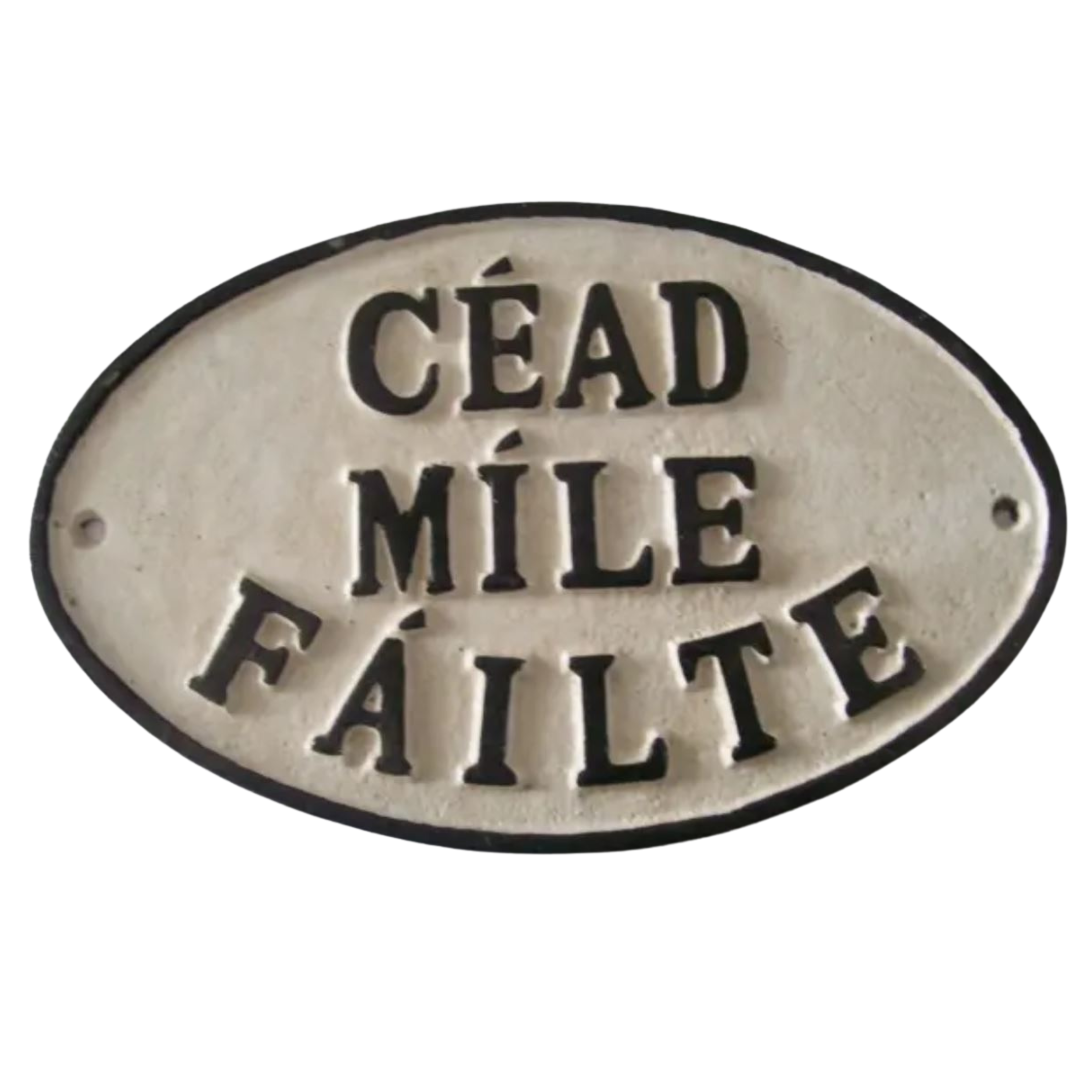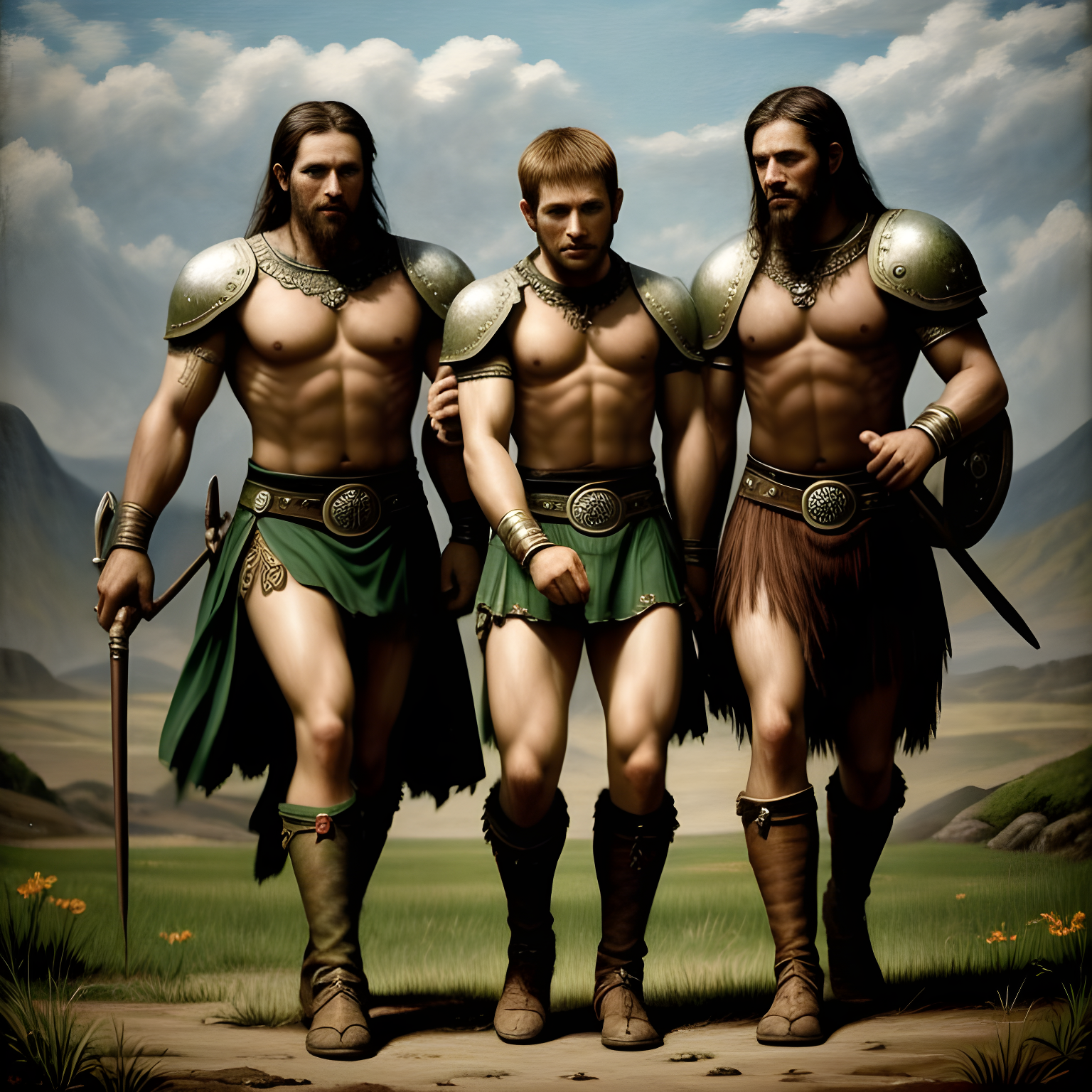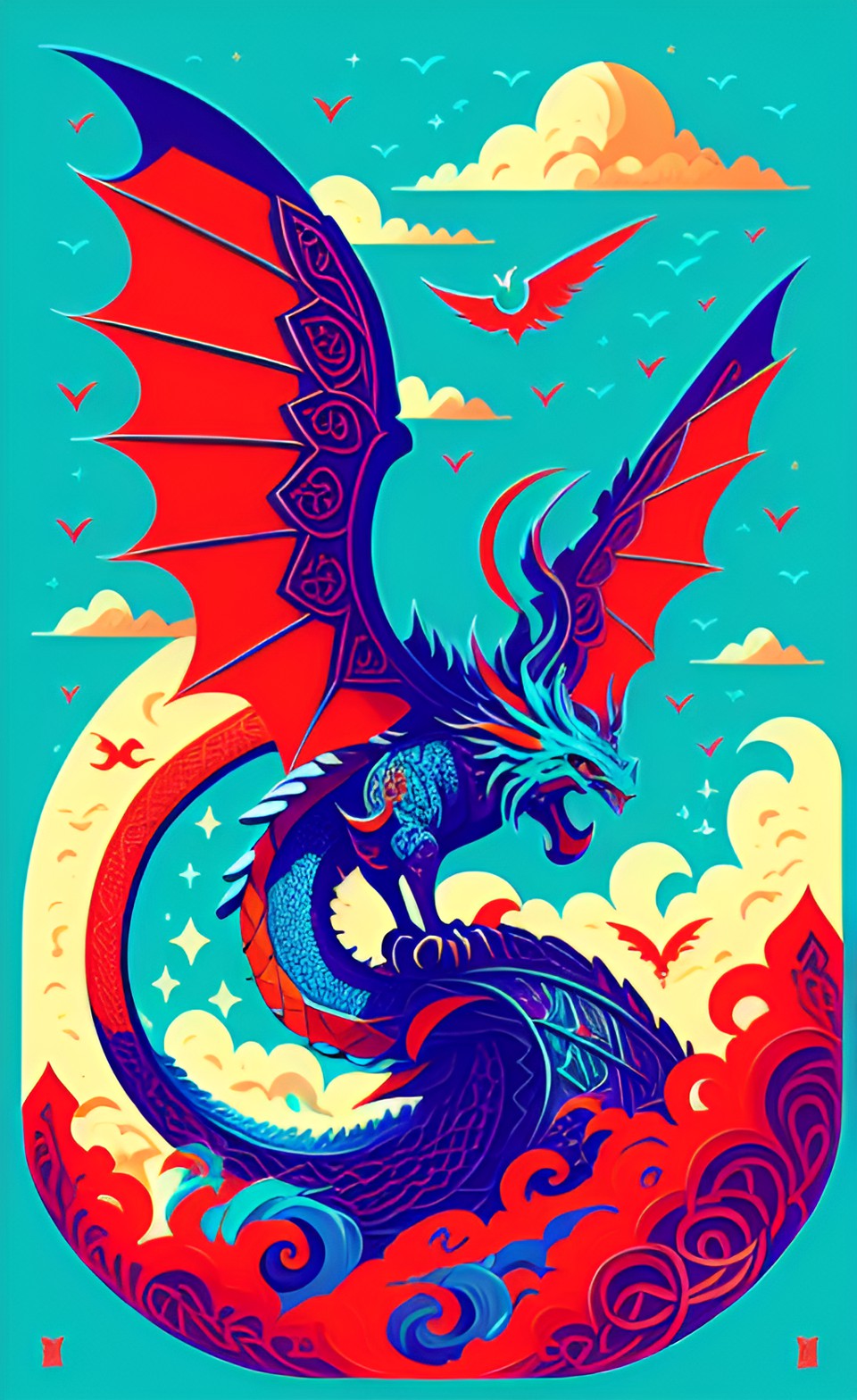Exploring the Diverse Pantheon of Celtic Gods
Irish mythology, a vibrant realm teeming with tales of heroism, magic, and otherworldly beings, boasts a captivating pantheon of gods and goddesses. These Celtic gods were not just distant figures in the sky, but potent forces deeply woven into the fabric of ancient Celtic life. From the fertile fields to the raging battles, their influence permeated every aspect of their world.
Embark on a captivating journey as we delve into the rich landscape of Celtic mythology. Encounter powerful figures like the Dagda, the wise and generous god of fertility and agriculture, and the fearsome Morrígan, the war goddess who embodies battle, fate, and death. We’ll explore their diverse domains, unravel their captivating myths and legends, and discover the enduring legacy they continue to hold.
Female Gods
Abarta
Abarta is a god in Irish mythology, known for his trickery and cunning. He is often associated with the Tuatha Dé Danann, a group of supernatural beings in Irish mythology.
Abcán
Abcán is a dwarf in Irish mythology. He is known as the minstrel of the Tuatha Dé Danann, and he is said to have a magical harp made of willow, which when played put men to sleep and healed the wounded.
Abhean
Abhean is a minor figure in Irish mythology, known as a harper of the Tuatha Dé Danann. He is said to have been killed by a spear thrown by Lugh Lamfada, one of the greatest of the Irish gods.
Achtland
Achtland is a lesser-known figure in Irish mythology. She was said to be so beautiful that no man could satisfy her, leading her to take a sea god for her lover.
Aed
Aed is a god of the underworld in Irish mythology, often associated with the Irish word for fire, “Aodh”. He is sometimes referred to as Aed the Red.
Aengus (Óengus, Macán)
Aengus is a member of the Tuatha Dé Danann and is considered a god of love, youth, and poetic inspiration. He is often depicted with birds around him, which are said to be kisses that have taken bird form.
Aífe
Aífe is a warrior woman in Irish mythology, often portrayed as a rival to the hero Cú Chulainn. She is a powerful figure, known for her skill in combat and her magic abilities.
Aí
Aí is a god associated with the earth and agriculture in Irish mythology. He is often associated with abundance and prosperity.
Ailill
Ailill is a king in Irish mythology, husband to Queen Medb. He is often portrayed as a fair and just ruler, though his wife’s ambitions often lead him into conflict.
Aillen
Aillen is a figure in Irish mythology, known as the “Burner”. Every Samhain, he would play music that would put everyone to sleep, then burn Tara to the ground. This continued until he was killed by Finn MacCool.
Aimend
Aimend is a lesser-known figure in Irish mythology. She is often associated with the sun and light, symbolizing clarity and truth.
Áine
Áine is the goddess of summer, wealth, and sovereignty in Irish mythology. She is often associated with the sun and midsummer, and is sometimes represented as a queen or a fairy.
Airmed
Airmed is the goddess of healing and herbalism in Irish mythology. She is known for her vast knowledge of herbs and their uses in medicine.
Anu
Anu is a probable goddess of the earth and fertility, often referred to as the “mother of the Irish gods”. She represents the earth, fertility, and prosperity.
Bé Chuille
Bé Chuille is a sorceress in Irish mythology. She is often associated with magic and enchantment.
Bec
Bec is a lesser-known figure in Irish mythology. Her name means “little”, and had a well that bestowed wisdom.
Bébinn (Béfind)
Bébinn, also known as Béfind, is a goddess of childbirth and the dying in Irish mythology. She is often invoked for protection during these critical times.
Bodhmall
Bodhmall is a druidess and warrior woman in Irish mythology. She is known for her wisdom and her skills in battle.
Boann
Boann is the goddess of the River Boyne. She is associated with water, fertility, and inspiration.
Brigid (Brigit)
Brigid is a goddess of poets, with her sisters Brigid the healer and Brigid the smith. She is a central figure in Irish mythology, associated with healing, poetry, and smithcraft.
Caillech (Beira, Biróg)
Caillech, also known as Beira or Biróg, is an ancestral creator and weather goddess in Irish mythology. She is often associated with winter, storms, and the creation of the landscape.
Canola
Canola is a lesser-known figure in Irish mythology. Not much is known about her, but she is often associated with music and harmony.
Carman
Carman is a witch in Irish mythology, known for her destructive magic. She is said to have brought blight and desolation to the land until she was defeated by the Tuatha Dé Danann.
Cethlenn
Cethlenn is a figure in Irish mythology, known as the wife of Balor of the Fomorians. She is often associated with prophecy and foresight.
Clídna
Clídna is a goddess of beauty and the otherworld in Irish mythology. She is often associated with the sea and is said to have three brightly colored birds that can heal the sick with their song.
Clothru
Clothru is a figure in Irish mythology, known for her wisdom and knowledge. She is often associated with sovereignty and the land.
Danand (Danu)
Danand, also known as Danu, is a mother goddess in Irish mythology. She is often associated with the earth, fertility, and abundance.
Deirdre
Deirdre is the foremost tragic heroine in Irish legend. She is known for her beauty and for her tragic love story with the hero Naoise.
Duibne
Duibne is a figure in Irish mythology, known for her association with the Corcu Duibne. She is often associated with craftsmanship and skill.
Ériu, Banba & Fódla
Ériu, Banba, and Fódla are a tutelary triumvirate of goddesses in Irish mythology. They are sisters and are eponymous for Ireland, mainly Ériu.
Ernmas
Ernmas is a mother figure in Irish mythology. She is the mother of several important gods and goddesses, and is often associated with motherhood and fertility.
Étaín
Étaín is the heroine of the epic Tochmarc Étaíne in Irish mythology. She is known for her beauty and is often associated with horses and butterflies.
Ethniu (Ethliu)
Ethniu, also known as Ethliu, is a figure in Irish mythology. She is the daughter of the Fomorian leader Balor and the mother of the god Lugh.
Fand
Fand is a sea goddess in Irish mythology. She is known for her beauty and is often associated with healing and rejuvenation.
Finnabair
Finnabair is a figure in Irish mythology, known for her role in the epic Táin Bó Cúailnge. She is the daughter of Queen Medb and is often associated with love and desire.
Flidais
Flidais is a goddess in Irish mythology, known for her association with wild animals. She is often depicted as a huntress and is associated with abundance and prosperity.
Fuamnach
Fuamnach is a sorceress in Irish mythology. She is known for her magic and is often associated with transformation and change.
Gráinne
Gráinne is a figure in Irish mythology, known for her role in the Fenian Cycle. She is often associated with love and desire, and is known for her beauty and courage.
Grian
Grian is a sun goddess in Irish mythology. She is often associated with light, warmth, and abundance.
Lí Ban
Lí Ban is a figure in Irish mythology, known for her transformation into a mermaid. She is often associated with the sea and transformation.
Loígde
Loígde is a figure in Irish mythology, known for her association with the Corcu Loígde. She is often associated with nobility and leadership.
Macha
Macha is a goddess in Irish mythology, known for her association with war, horses, and sovereignty. She is often depicted as a powerful queen or a war goddess.
Medb (Medb Lethderg)
Medb is a queen in Irish mythology, known for her role in the epic Táin Bó Cúailnge. She is often associated with power, ambition, and sexuality.
Mongfind
Mongfind is a queen in Irish mythology, known for her beauty and her tragic death. She is often associated with the festival of Samhain.
The Morrígan, Badb, Nemain
The Morrígan, Badb, and Nemain are a trio of war goddesses in Irish mythology. They are often associated with fate, death, and destruction on the battlefield.
Mór Muman (Mugain)
Mór Muman, also known as Mugain, is a queen in Irish mythology. She is often associated with wisdom and sovereignty.
Niamh
Niamh is a figure in Irish mythology, known for her beauty and her role in the Oisín and Niamh tale. She is often associated with the otherworld and eternal youth.
Sadhbh
Sadhbh is a figure in Irish mythology, known for her transformation into a deer by a druid’s curse. She is often associated with nature and transformation.
Tailtiu
Tailtiu is a figure in Irish mythology, known for her role as a foster mother to the god Lugh. She is often associated with the earth and agriculture.
Tlachtga
Tlachtga is a druidess in Irish mythology, known for her association with the hill of Tlachtga where the festival of Samhain was celebrated.
Tuirenn (Delbáeth)
Tuirenn, also known as Delbáeth, is a figure in Irish mythology. He is the father of three warriors who are tasked with fetching magical items in the story “The Fate of the Children of Tuirenn”.
Male Gods
Abarta
Abarta is a figure in Irish mythology, known for his role in the adventures of the Fianna. He is often associated with trickery and cunning.
Abcán
Abcán is a dwarf in Irish mythology. He is known as the minstrel of the Tuatha Dé Danann, and he is said to have a magical harp made of willow.
Aed
Aed is a god of the underworld in Irish mythology, often associated with the Irish word for fire, “Aodh”. He is sometimes referred to as Aed the Red.
Aengus (Óengus, Macán)
Aengus is a member of the Tuatha Dé Danann and is considered a god of love, youth, and poetic inspiration. He is often depicted with birds around him, which are said to be kisses that have taken bird form.
Ailill
Ailill is a king in Irish mythology, husband to Queen Medb. He is often portrayed as a fair and just ruler, though his wife’s ambitions often lead him into conflict.
Aillen
Aillen is a figure in Irish mythology, known as the “Burner”. Every Samhain, he would play music that would put everyone to sleep, then burn Tara to the ground. This continued until he was killed by Finn MacCool.
Balor
Balor is a king of the Fomorians in Irish mythology, known for his destructive eye that could lay waste to entire armies. He is often depicted as a giant with a large eye in the middle of his forehead. This eye is usually closed, as opening it would unleash a devastating beam of energy capable of incinerating anything in its path.
Bith
Bith is a figure in Irish mythology, known as one of the leaders of the first inhabitants of Ireland. He is often associated with the otherworld.
Bodb Dearg
Bodb Dearg is a king of the Tuatha Dé Danann in Irish mythology. He is known for his wisdom and fairness.
Bres
Bres is a king of the Tuatha Dé Danann in Irish mythology. Despite his beauty, he is known for his oppressive rule.
Builg
Builg is a god of the Fir Bholg in Irish mythology. Not much is known about him, but he is often associated with strength and war.
Cermait
Cermait is a figure in Irish mythology, known for his wisdom and knowledge. He is the son of the Dagda, the good god.
Cian
Cian is a figure in Irish mythology, known for being the father of the god Lugh. He is often associated with agriculture and the earth.
Cichol
Cichol is a leader of the Fomorians in Irish mythology. He is often associated with war and chaos.
Conand
Conand is a figure in Irish mythology, known for his role as a leader of the Fomorians. He is often associated with war and destruction.
Crom Cruach
Crom Cruach is a god in Irish mythology, often associated with fertility and harvest. He was worshipped with human sacrifices.
The Dagda (Dáire)
The Dagda, also known as Dáire, is a god in Irish mythology. He is often associated with fertility, agriculture, manliness and strength, as well as magic, druidry and wisdom.
Dian Cecht
Dian Cecht is a god in Irish mythology, often associated with healing. He is called a “god of health” and is known for his medical skills.
Donn
Donn is a god in Irish mythology, often associated with the underworld. He is known as the lord of the dead and is said to welcome the souls of the deceased.
Ecne
Ecne is a god in Irish mythology, often associated with knowledge and wisdom. He is one of the three gods of skill, along with Goibniu and Luchta.
Elatha
Elatha is a god in Irish mythology, often associated with beauty and light. He is known as a king of the Fomorians.
Goibniu, Credne & Luchta
Goibniu, Credne, and Luchta are known as the “three gods of craft” in Irish mythology. Goibniu is a smith god, Credne is a bronze worker, and Luchta is a carpenter.
Labraid
Labraid is a hero in Irish mythology, known for his magical horse and his large ears. He is often associated with justice and truth.
Lén
Lén is a figure in Irish mythology, often associated with craftsmanship. He is known as the smith of the fairy king Midir.
Lir
Lir is a god in Irish mythology, often associated with the sea. He is known as the father of the children transformed into swans in the well-known myth, “The Children of Lir”.
Lugh
Lugh is a god in Irish mythology, often associated with skill, crafts, and the arts. He is also known for his heroism and versatility.
Mac Cuill, Mac Cecht, Mac Gréine
Mac Cuill, Mac Cecht, and Mac Gréine are a trio of gods in Irish mythology. They are often associated with the elements of the apple, the plow, and the sun, respectively.
Manannán mac Lir
Manannán mac Lir is a sea god in Irish mythology. He is often associated with the otherworld and is known for his magical items, such as his boat that can sail itself.
Miach
Miach is a figure in Irish mythology, known for his healing skills. He is the son of Dian Cecht, the god of health, and is known for replacing Nuada’s silver arm with a new arm of flesh and blood.
Midir
Midir is a god in Irish mythology, often associated with the otherworld. He is known for his beauty and his love for Étaín.
Mug Ruith
Mug Ruith is a figure in Irish mythology, known for his magical powers. He is often associated with the sun and air, and is said to have studied druidry under Simon Magus.
Néit
Néit is a war god in Irish mythology. He is often associated with battle and strife, and is called a “god of war”.
Nuada (Nechtan, Elcmar)
Nuada, also known as Nechtan or Elcmar, is a king of the Tuatha Dé Danann in Irish mythology. He is known for his wisdom and fairness, and for his silver arm, which was replaced with a new arm of flesh and blood by Miach.
Ogma
Ogma is a god in Irish mythology, often associated with eloquence and learning. He is said to have invented the Ogham alphabet, and is known as a champion of the Tuatha Dé Danann.
Tethra
Tethra is a king of the Fomorians in Irish mythology. He is often associated with the otherworld and is said to rule over the souls of the deceased.
Tuirenn (Delbáeth)
Tuirenn, also known as Delbáeth, is a figure in Irish mythology. He is the father of three warriors who are tasked with fetching magical items in the story “The Fate of the Children of Tuirenn”.
Conclusion: Unveiling the Enduring Value of Celtic Deities
In conclusion, our exploration of the Celtic pantheon has revealed a captivating array of deities, each possessing unique characteristics and wielding significant influence over various aspects of the ancient Celtic world. These figures transcended mere mythological constructs, becoming deeply embedded within the cultural fabric, shaping societal values, and influencing everyday life.
By delving into their diverse domains, captivating myths, and enduring legacies, we gain valuable insights into the complexities of the Celtic worldview. Their stories offer not only a window into a bygone era but also timeless lessons on leadership, resilience, and the interconnectedness of humanity and nature.
The enduring appeal of Celtic gods lies in their ability to spark our imaginations, ignite our curiosity, and inspire us to delve deeper into the rich tapestry of human mythology. Through their continued relevance, they serve as a powerful reminder of the enduring power of storytelling and the universal human fascination with the divine.
Therefore, understanding the significance of Celtic deities extends beyond mere historical appreciation. It allows us to connect with the cultural foundations of various regions, gain broader perspectives on mythology’s role in shaping societies, and appreciate the enduring power of these captivating narratives.



















